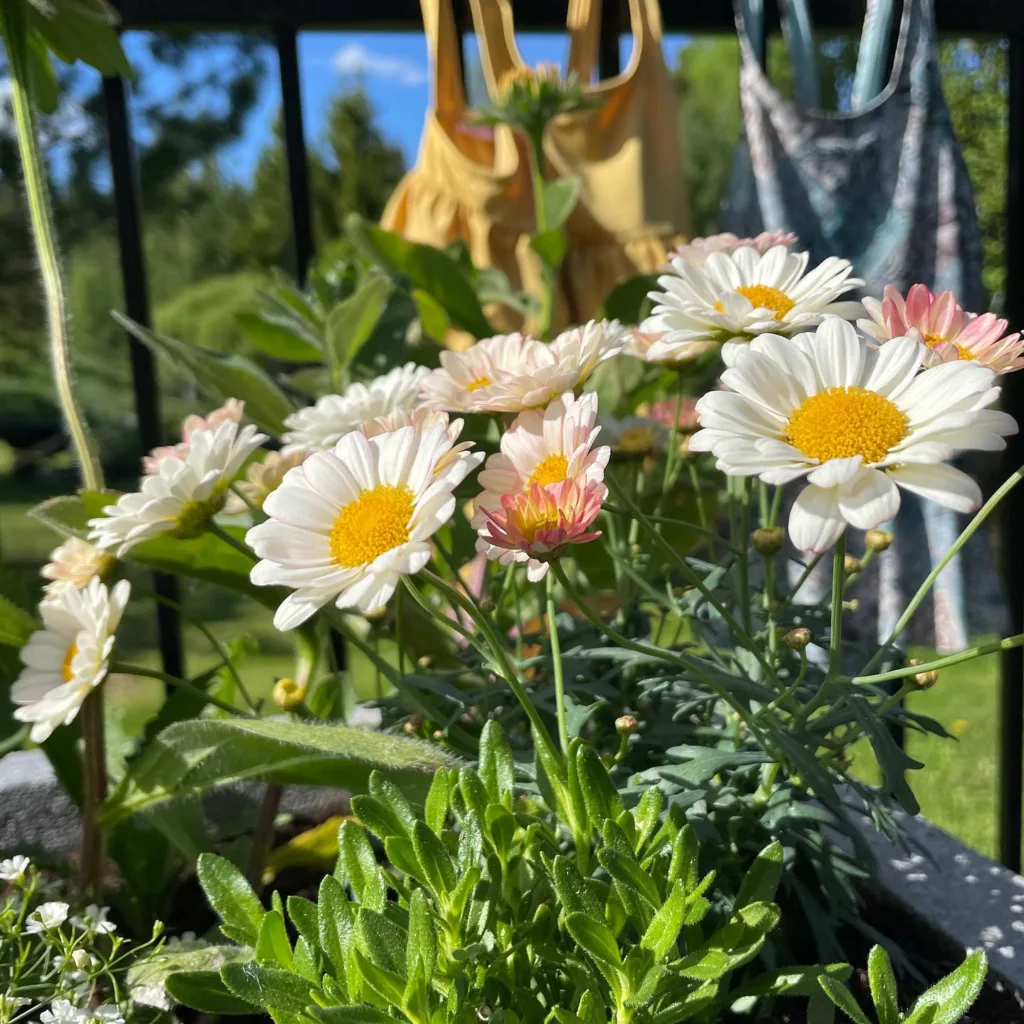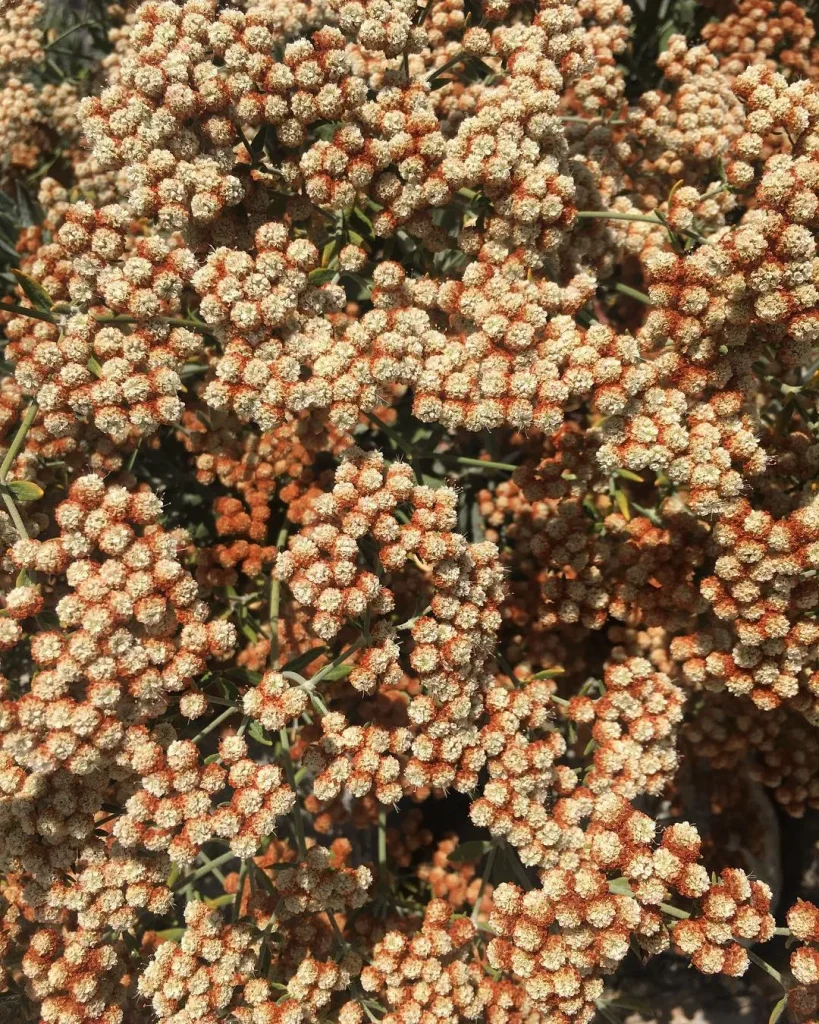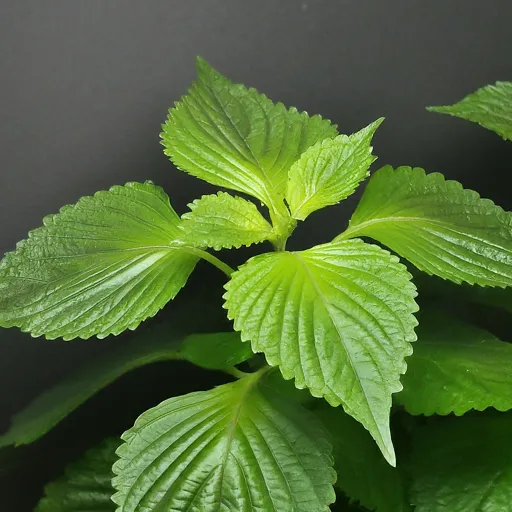Carex Siderosticta: Your Guide to the Easy-Going Sedge
Hey there, Ferb Vu here. I’m a plant enthusiast, and today, we’re diving into the world of Carex Siderosticta, a fantastic perennial sedge that adds texture and beauty to any garden.
This FAQ will answer all your burning questions about Carex Siderosticta, from its light and water needs to its temperament and potential lookalikes.
2324 Species in Genus Carex
What is Carex Siderosticta?
Carex Siderosticta, also known as Broadleaf Sedge or Variegated Sedge, is a clump-forming, evergreen (in some varieties) plant native to East Asia. It’s known for its attractive foliage – broad, green leaves with white margins in some cultivars – that creates a lush, textural carpet in your garden beds.
Is Carex Siderosticta Easy to Care For?
Absolutely! Carex Siderosticta is a low-maintenance plant that thrives on neglect (well, almost). Here’s a quick rundown:
- Light: It prefers partial to full shade but tolerates full sun in cooler climates with consistent moisture.
- Water: Consistent moisture is key, especially during the first growing season. Once established, it’s moderately drought tolerant.
- Soil: Adaptable to most well-drained soils, including clay, loam, and even slightly acidic soil.
- Fertilizer: Not necessary, but a light feeding in spring with a balanced fertilizer won’t hurt.
How Big Does Carex Siderosticta Get?
This slow-growing sedge typically reaches a mature height of 10-12 inches with a spread of around 2-3 feet. Its non-aggressive growth habit makes it perfect for borders, edging walkways, or as a groundcover in shady areas.
When Does Carex Siderosticta Bloom?
The flowers of Carex Siderosticta are insignificant. They appear in late spring or early summer as inconspicuous brown spikes. While not a showstopper, the blooms add a touch of natural detail to the plant.
Does Carex Siderosticta Need to be Divided?
Division is the process of splitting a mature plant into smaller sections for propagation. Carex Siderosticta is a slow spreader, so division is usually unnecessary. However, if the clump gets too large or out of control, you can divide it in early spring.
What’s the Difference Between Carex Siderosticta and Other Sedge Varieties?
There are many Carex varieties, each with its unique characteristics. Here’s a quick comparison with two popular lookalikes:
- Carex Morrowii (Japanese Sedge): Similar foliage but prefers full sun and drier conditions.
- Carex Muskingum (Palm Sedge): Taller and clump-forming with a distinct arching habit. Needs more moisture than Carex Siderosticta.
Pro Tip: When choosing a Carex variety, consider your garden’s light and moisture conditions to ensure you pick the right plant for the job.
Is Carex Siderosticta Deer Resistant?
Good news! Deer tend to leave Carex Siderosticta alone, making it a great choice for gardens plagued by these browsing herbivores.
Where Can I Buy Carex Siderosticta?
Carex Siderosticta is widely available at most garden centers and online plant retailers.
Remember: When buying online, choose a reputable seller to ensure you receive healthy, disease-free plants.
Winter Care for Carex Siderosticta
While some Carex Siderosticta varieties are evergreen, others lose their leaves in colder climates. Here’s how to prepare your sedge for winter:
- Evergreen varieties: These can benefit from a light mulch layer (around 2 inches) to protect the crown from harsh winter temperatures.
- Deciduous varieties: No need to cut back the dead foliage. Leave it on as natural winter insulation, and remove it in early spring to make way for new growth.
Potential Problems with Carex Siderosticta
Thankfully, Carex Siderosticta is a relatively problem-free plant. However, there are a few things to watch out for:
- Slugs and Snails: These slimy critters love to munch on tender foliage. Use organic slug and snail control methods like beer traps or diatomaceous earth.
- Crown Rot: This fungal disease can occur in poorly drained soil. Ensure your Carex Siderosticta has good drainage and avoid overwatering.
Early intervention is key! If you notice any signs of pests or disease, address them promptly to prevent serious damage.
Propagating Carex Siderosticta
Want to expand your Carex Siderosticta patch? The easiest method is division:
- Dig up the mature clump in early spring using a spade.
- Carefully separate the clump into smaller sections, ensuring each division has healthy roots and shoots.
- Replant the divisions in your desired locations, following proper planting guidelines for depth and spacing.
Tip: Water the newly divided plants regularly until they establish themselves.
Carex Siderosticta: A Designer’s Dream
Carex Siderosticta’s versatility makes it a favorite among landscape designers. Here are some creative ways to incorporate it into your garden:
- Shade gardens: A stunning groundcover that adds texture and interest beneath trees and shrubs.
- Borders and edging: The flowing foliage creates a beautiful contrast with flowering plants.
- Containers: Perfect for adding a touch of green to patios and balconies with partial shade.
- Rain gardens: Tolerates moist soil and helps filter rainwater runoff.
Remember: Carex Siderosticta’s slow-growing nature makes it ideal for creating a natural, low-maintenance landscape.
Final Thoughts on Carex Siderosticta
Carex Siderosticta is a versatile, low-maintenance plant that adds a touch of elegance and texture to any garden. With its easy-going nature and beautiful foliage, it’s a winner for both seasoned gardeners and beginners alike.
So, if you’re looking for a shade-loving, low-maintenance plant that provides year-round interest, look no further than Carex Siderosticta. It might just become your new favorite!
If i die, water my plants!



